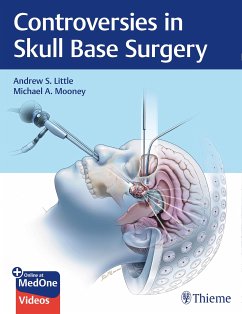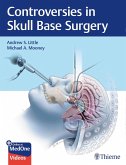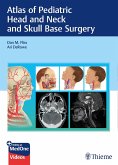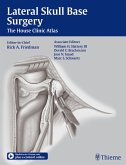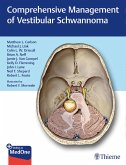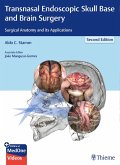State-of-the-art approaches and insightful discussions on challenging topics in skull base surgery
Advances in endoscopic, microsurgical, radiosurgical, and pharmacotherapeutic strategies have revolutionized the treatment of skull base pathologies. Controversies in Skull Base Surgery, edited by Andrew Little and Michael Mooney and authored by esteemed multidisciplinary contributors, focuses on management strategies and treatment options for a wide range of tumors affecting the skull base, while addressing the most urgent and challenging questions facing skull base surgeons today.
Throughout nine sections and 46 chapters, experts describe the treatment of neoplasms such as vestibular schwannoma, meningioma, pituitary adenoma, craniopharyngioma, chordoma, cranial nerve schwannoma, sinonasal malignancies, and others. In many chapters, authors provide instructional case studies and suggestions for future studies to help clarify areas of controversy. This textbook is unique in that it tackles problems typically minimized or ignored by other texts that impact a patient's quality of life and recovery.
Key Highlights
This stellar resource will benefit all residents and advanced practice providers who evaluate and treat patients with sk
Advances in endoscopic, microsurgical, radiosurgical, and pharmacotherapeutic strategies have revolutionized the treatment of skull base pathologies. Controversies in Skull Base Surgery, edited by Andrew Little and Michael Mooney and authored by esteemed multidisciplinary contributors, focuses on management strategies and treatment options for a wide range of tumors affecting the skull base, while addressing the most urgent and challenging questions facing skull base surgeons today.
Throughout nine sections and 46 chapters, experts describe the treatment of neoplasms such as vestibular schwannoma, meningioma, pituitary adenoma, craniopharyngioma, chordoma, cranial nerve schwannoma, sinonasal malignancies, and others. In many chapters, authors provide instructional case studies and suggestions for future studies to help clarify areas of controversy. This textbook is unique in that it tackles problems typically minimized or ignored by other texts that impact a patient's quality of life and recovery.
Key Highlights
- Reader-friendly tables feature concise summaries, author pearls, and levels of available evidence
- Pearls and insights on hotly debated issues such as the role of radiosurgery, surgery vs. medical management, radical resection vs. subtotal resection, and proton-beam vs. photon therapy for various pathologic conditions
- Controversies not frequently discussed in depth, including the use of lumbar drains, postoperative antibiotics, and cerebral revascularization in skull base surgery; multidisciplinary collaboration in endoscopic endonasal surgery; skull base reconstruction techniques; and the future of robotics in skull base surgery
This stellar resource will benefit all residents and advanced practice providers who evaluate and treat patients with sk
Dieser Download kann aus rechtlichen Gründen nur mit Rechnungsadresse in A, D ausgeliefert werden.

